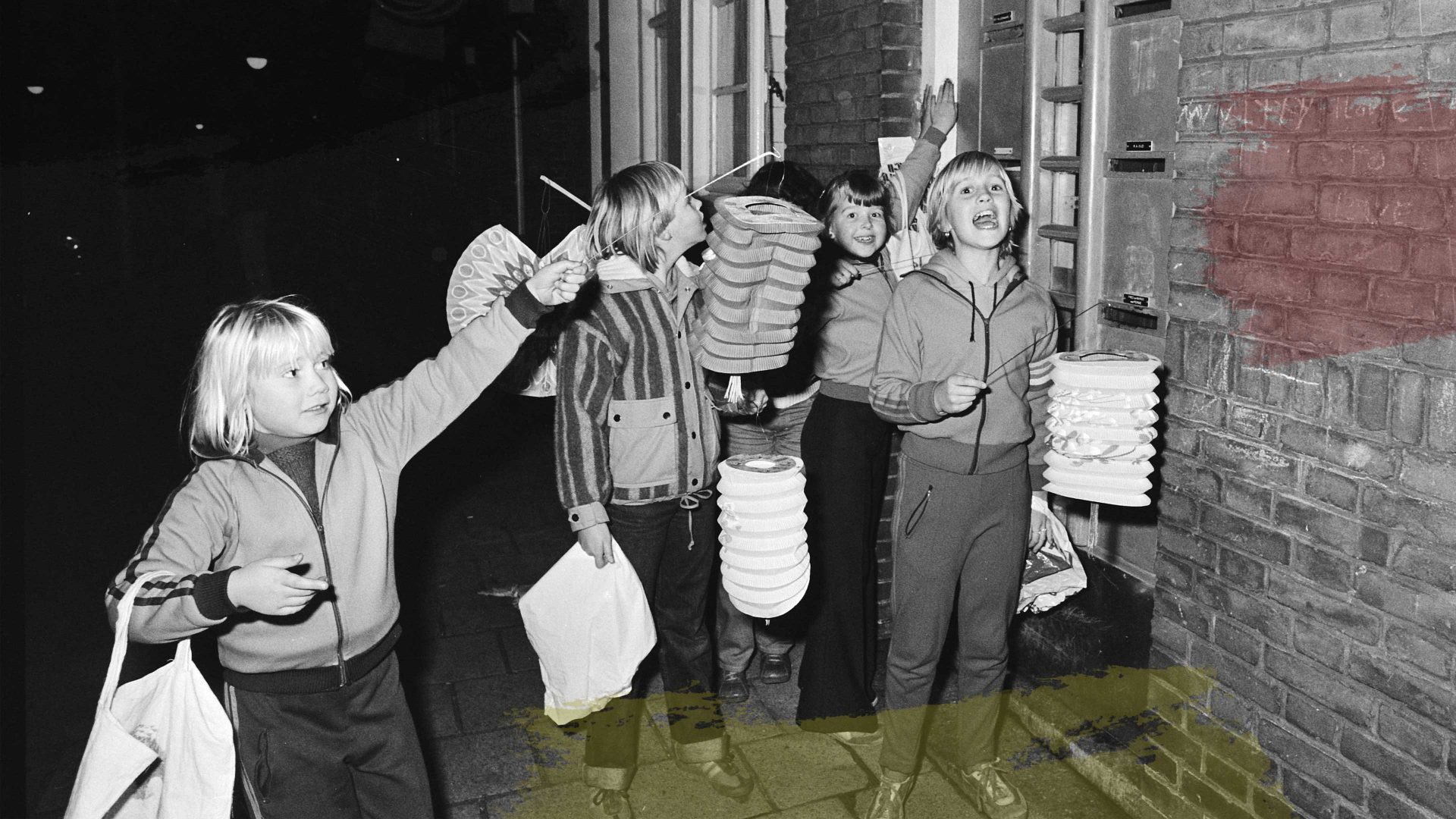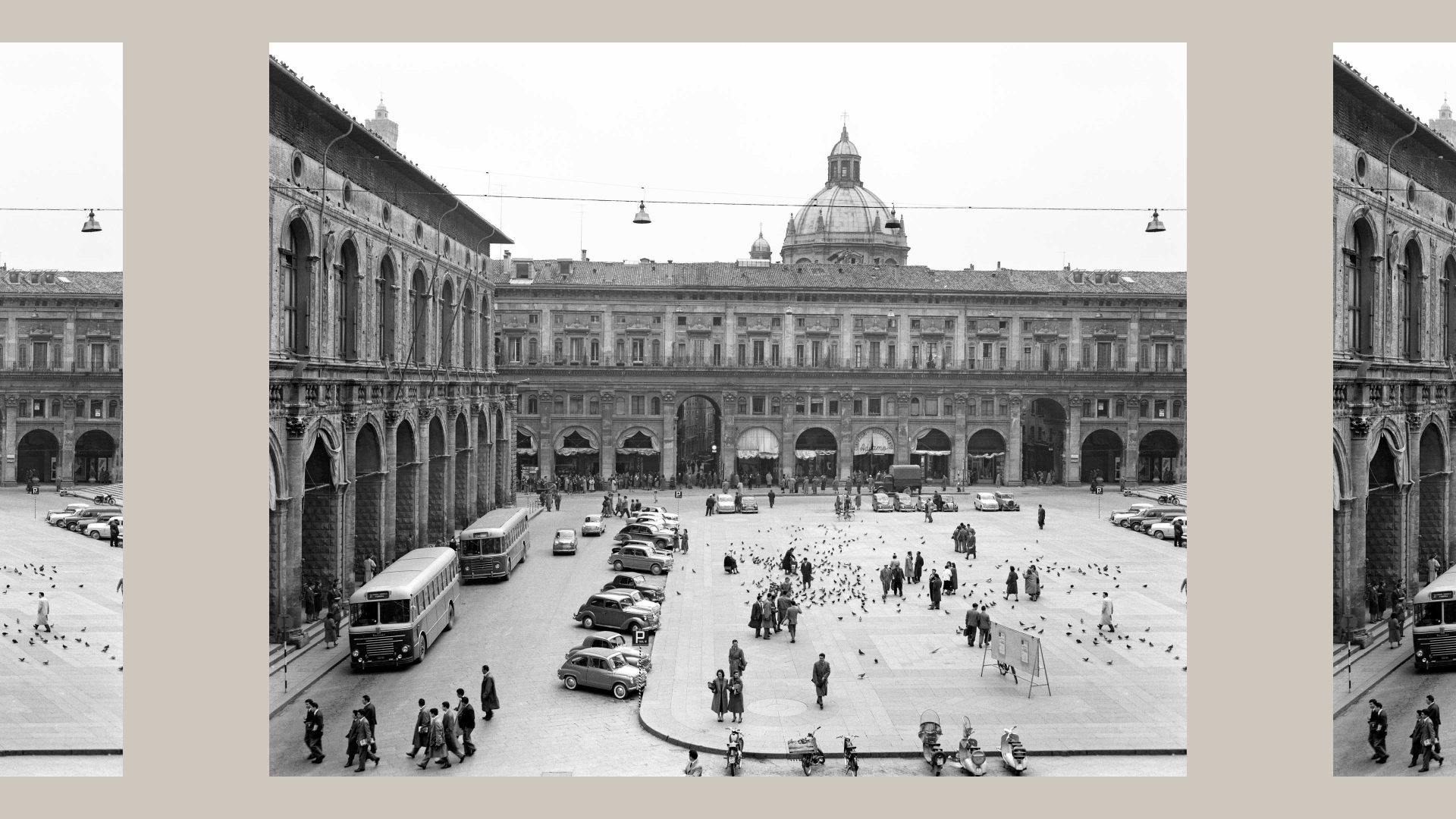I spent the last week in our 17th state, Mallorca. Even in the off-season, we Germans are everywhere, establishing cultural dominance.
One evening, I came across a procession of about 30 adults with little children who carried colourful paper lanterns. The group, led by a dressed-up Roman trooper on horseback, marched to a nearby field and started singing around a bonfire. More precisely, the children sang and the parents stared into their phones, studying the lyrics. “Sankt Martin, Sankt Martin, Sankt Martin ritt durch Schnee und Wind…” (St Martin rode through snow and wind…), a late 19th-century song, probably composed in the Lower Rhine region, close to the Dutch border.
In simple rhymes it tells the story of a fourth-century elite Roman cavalryman in Gaul, who – plot twist – becomes a soldier of Christ: Riding on a white horse in the midst of winter, he meets a scantily clad beggar and on impulse takes his sword and cuts his military cloak in half to share it with the freezing man. That night, Martin has a vision of Jesus clothed with that half of the cloak. Admittedly, other sources describe a variety of Martin’s other dreams, but why spoil a good story?
Fun fact: the word “chapel”, it is believed, actually derives from cappella, which means “little cloak” in Latin, and referred to small temporary churches that were built for the relic of the miracle cape, the cappa Sancti Martini.
Most children in Germany are told the story of Martin the Merciful as a very compelling example of why sharing is caring. And across the country, schools and church parishes organise Laternenumzüge – lantern processions – for kindergarten and elementary school kids around November 11. What used to be a Catholic tradition was adopted in Protestant regions, too, as the day of St Martin is, conveniently, the date of Martin Luther’s baptism.
In the time leading up to it, kids and parents craft lanterns by gluing translucent paper cuttings to round cheese boxes, and when I was little, we still stuck proper candles inside them. Several decades (and fire accidents) later, today’s lanterns have gone all-electric. While they seem to be on the rise in Mallorca, thanks to German migrants, they face heavy competition back home, however, thanks to Halloween.
There is more than a week between the two dates, so they manage to coexist. Still, only Christian traditionalists – who look down on the Anglo-American festivity as a sort of chlorinated chicken attack – deny that it now outranks St Martin. German kids have culturally appropriated Halloween wholeheartedly this century, and I don’t blame them.
In the Rhineland where I grew up, children were always used to fixed annual occasions for costumes (Karneval) and sweets (Karneval and St Martin). After the lantern march, kids would go from door to door – not trick-or-treating but testing the neighbours’ goodwill and patience by performing St Martin songs. They collected candy as a reward (or as a means to finally stop the singing). If unlucky, the neighbours would also smuggle tangerines into the candy bags, but usually the sugar yield was substantial enough to last for weeks.
In most other parts of Germany, kids were far less fortunate: no Karneval and St Martin processions without sweets. So obviously they now opt for the costume-and-candy-chase-Halloween import. Who wouldn’t?
I’m confident that the St Martin tradition among Austrians, Dutch, Flemish and Germans will live on anyway. It’s not just for kids, but for foodies, too: there are various pastries linked to it, depending on the region, and most importantly the Martinsgans (Martinsmas goose). From mid-November on, mouthwatering menus of goose, red cabbage, Knödel (dumplings), cranberries, chestnuts and roast apples are served at home and in restaurants.
Why goose? Again, pick your legend: St Martin, now a popular monk, was chosen to be ordained as bishop of Tours – which the modest man tried to avoid by hiding in a barn full of geese. Their cackling gave him away.
Another tale has a goose loudly interrupting Martin’s sermon. The animal was caught and triumphantly consumed by the parish.
And the third option is: Martinmas used to be the cut-off date to pay taxes and geese were often used as payment. The tax deadline was often accompanied by a parish fair, where a goose was grilled.
Whatever it may be: in the coming weeks, the Martinsgans will seamlessly turn into the Weihnachtsgans served before or during Christmas. Try it, and you will understand why your turkey will never, ever establish cultural dominance in the German culinary calendar.




